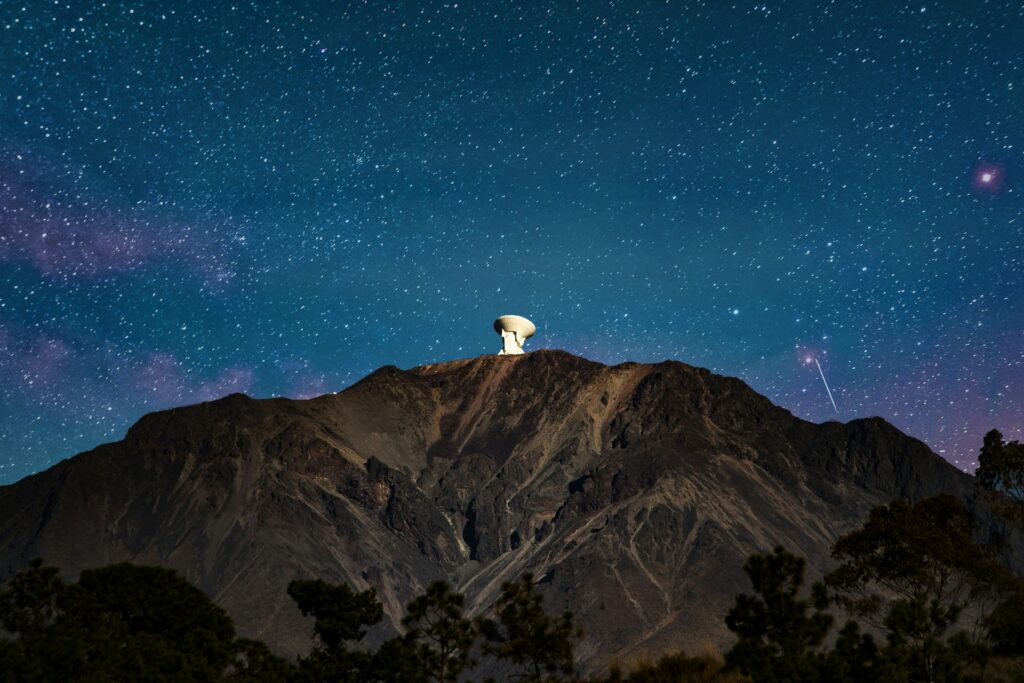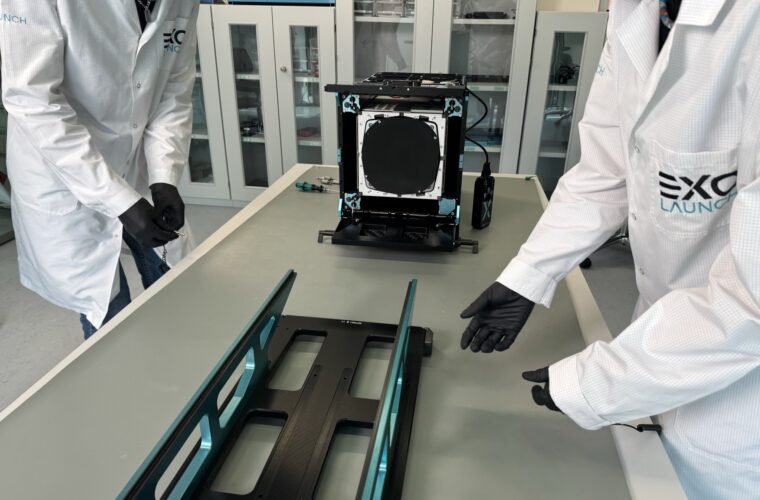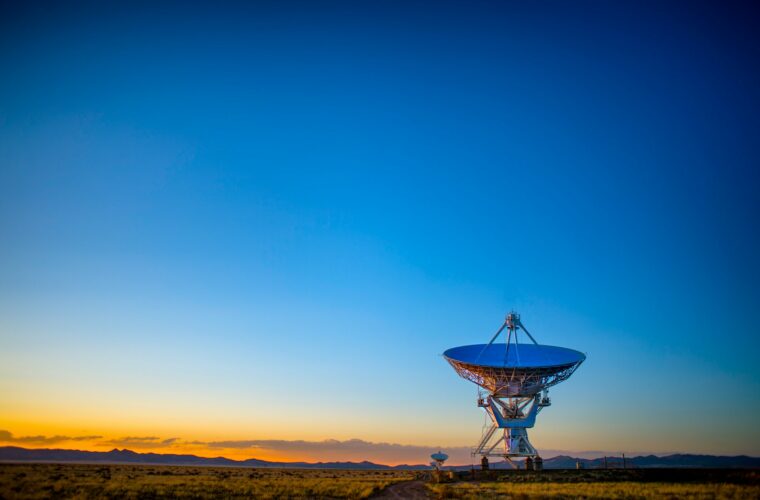Serbia is poised to join the ranks of spacefaring nations as it prepares to launch its first satellite into orbit. Named “Mozaik,” this ambitious project marks a pivotal moment in Serbia’s scientific and technological development, aiming to observe the Sun in the X-ray domain and advance Serbia’s capabilities in space research and technology. With a planned launch between late 2025 and early 2026, Mozaik will position Serbia among the 106 countries that have active space programs, signalling the nation’s growing interest in space exploration and its potential role in the global space community.
A new chapter for Serbia’s space ambitions
While still in its early stages, Serbia’s space program is quickly gaining momentum. The launch of Mozaik represents not just a technological milestone but also an educational and developmental opportunity for the nation. According to Dr. Milan Stojanović, project manager and scientific associate at the Belgrade Astronomical Observatory, the satellite’s primary mission is to observe the Sun’s X-ray activity. This task cannot be performed from Earth due to the atmosphere’s ability to block X-rays. In addition to its scientific goals, Mozaik will carry a small camera that will capture images of Serbia from orbit.
While these images may not be as high-resolution as those provided by Google or other satellites, they will offer Serbia daily access to valuable data, further enhancing the country’s technological mastery. The development of Mozaik involves scientists and engineers from the Belgrade Astronomical Observatory and experts from various prestigious institutions, including the Faculty of Mechanical Engineering and the Mihajlo Pupin Institute. Although the Serbian space sector is still male-dominated, initiatives like this one are helping to break down barriers for women in the field.


Mozaik’s mission: small satellite, big potential
Mozaik belongs to the class of small satellites known as CubeSats, which are compact and highly efficient for their size. Measuring just 10x10x10 centimetres, Mozaik is composed of three smaller cubes that form a single nanosatellite. This design is ideal for educational and exploratory missions, allowing researchers to test new technologies on a smaller scale before applying them to larger projects. One of the key goals of this mission, as Stojanović explained, is to gain expertise in satellite technology. “We will purchase a ready-made spectrometer for studying the Sun, but other components will be produced in Serbia,” he noted. This hands-on experience in designing, assembling, and testing satellite technology is expected to pave the way for more ambitious projects in the future, potentially leading to larger spacecraft or more complex missions.
Serbia’s first satellite
The success of the Mozaik satellite depends on meticulous planning and testing. Before launch, the satellite must undergo rigorous testing to ensure that it can withstand the harsh conditions of space, including extreme temperatures and radiation. “We have to pass all possible tests prescribed by world standards,” Stojanović emphasized. Once the satellite is ready, Serbia will seek assistance from one of the global leaders in satellite launch services, with potential partners including the United States, Russia, China, or a European Union member state. The decision will be made based on the most favourable offer for Serbia’s needs. Following the launch, Mozaik is expected to remain in orbit for two to three years, collecting valuable data on solar activity and Earth observation.
One of the most significant aspects of the Mozaik mission is its timing. The Sun is expected to reach its maximum activity during the regular eleven-year solar cycle around the time of Mozaik’s launch. Observing the Sun during this period of heightened solar activity—and the subsequent decline—will provide valuable insights into solar phenomena, including sunspots, solar flares, and coronal mass ejections. These observations could contribute to a better understanding of space weather and its potential impacts on Earth’s communication and satellite systems. Serbia is positioning itself as a valuable contributor to the global scientific community by participating in this type of solar research.



